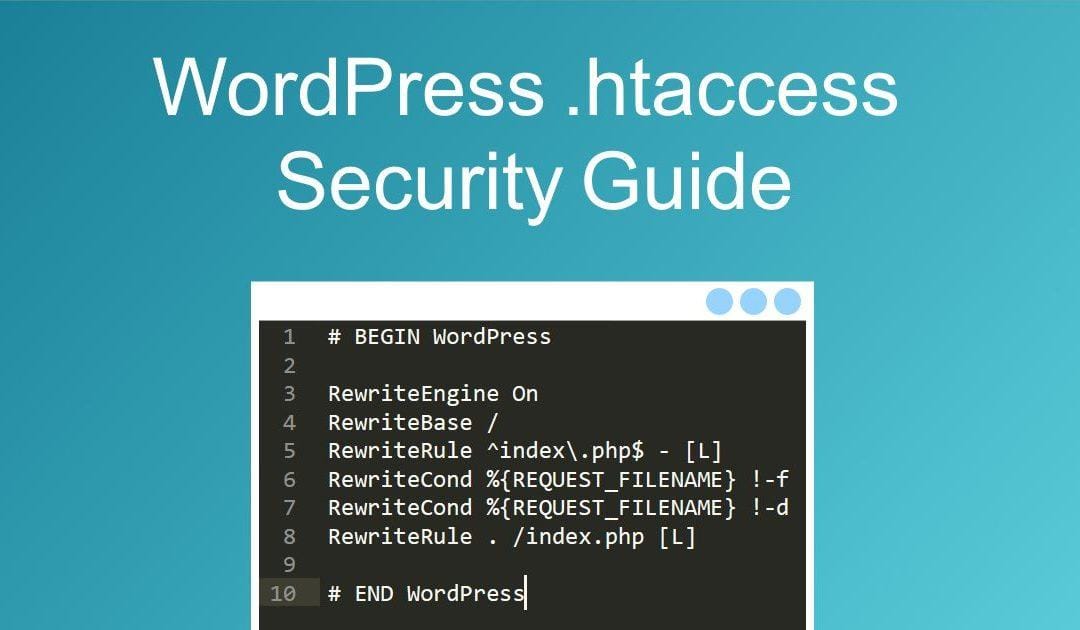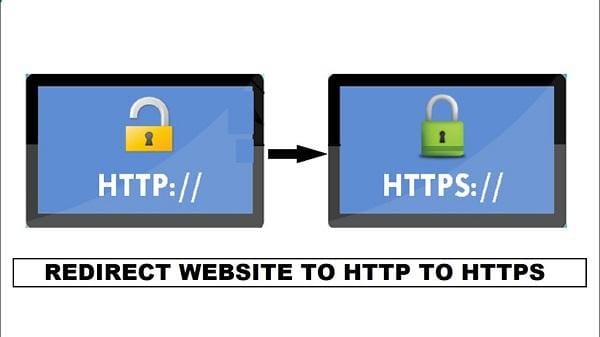As a WordPress website owner, you’re entrusted with the valuable data of your visitors and your own. Protecting this information is paramount, and one powerful tool at your disposal is the .htaccess file. This unsung hero resides in the root directory of your WordPress installation, silently guarding your digital fortress against malicious invaders.
While plugins offer convenient solutions for website security, .htaccess offers a more granular control. Understanding and utilizing its capabilities can significantly enhance your website’s defenses, making it a castle no digital thief would dare to breach.
Htaccess: Your Secret Weapon in the Security Arsenal
Imagine a gatekeeper at the entrance of your castle, scrutinizing every visitor before granting them access. That’s essentially what .htaccess does. It acts as a gatekeeper, controlling access to your website’s files and directories, ensuring only authorized individuals can enter.
.htaccess (Hypertext Access) is a configuration file used by web servers to control the directory it resides in and its subdirectories. It allows you to override server settings and enhance the security of your WordPress site.
1. Backup Before You Tweak:
Before making any changes to your .htaccess file, it’s crucial to create a backup. This simple precaution ensures that you can easily revert to a previous state if something goes awry.
2. Limit Access to wp-admin:
One effective way to fortify your WordPress login page is by restricting access to wp-admin. You can achieve this by adding the following code to your .htaccess file:
<Files wp-login.php><br />
Order Deny,Allow<br />
Deny from all<br />
Allow from xxx.xxx.xxx.xxx<br />
</Files>Replace xxx.xxx.xxx.xxx with your own IP address. This way, only your specified IP address can access the login page.
3. Protect Against SQL Injection:
Guarding your website against SQL injection attacks is crucial. Add the following code to your .htaccess to filter and sanitize user inputs:
# SQL Injection Protection<br />
<IfModule mod_rewrite.c><br />
RewriteEngine On<br />
RewriteCond %{QUERY_STRING} (\<|%3C).*script.*(\>|%3E) [NC,OR]<br />
RewriteCond %{QUERY_STRING} GLOBALS(=|\[|\%[0-9A-Z]{0,2}) [OR]<br />
RewriteCond %{QUERY_STRING} _REQUEST(=|\[|\%[0-9A-Z]{0,2})<br />
RewriteRule ^(.*)$ index.php [F,L]<br />
</IfModule>4. Prevent Directory Listing:
By default, directories that lack an index file will display a list of their contents. To prevent this, add the following code:
# Disable directory listing<br />
Options -Indexes5. Enable HTTPS:
Secure your site by forcing HTTPS. This not only encrypts data transmission but is also favored by search engines. Insert the following code:
# Force HTTPS<br />
RewriteEngine On<br />
RewriteCond %{HTTPS} off<br />
RewriteRule ^ https://%{HTTP_HOST}%{REQUEST_URI} [L,R=301]<br />
6. Limit File Upload Size:
Prevent potential threats by limiting the size of file uploads. This can be particularly useful in mitigating denial-of-service attacks. Add the following lines to your .htaccess file:
# Limit file upload size<br />
php_value upload_max_filesize 10M<br />
php_value post_max_size 10MIn the vast landscape of the internet, your WordPress website stands as your digital representation. Fortifying it against potential threats is not just a technical necessity but a humane responsibility to your users and visitors. By making judicious use of .htaccess, you can bolster your website’s defenses without compromising on user experience.
Remember, security is an ongoing process. Regularly update your WordPress installation, plugins, and themes, and stay informed about the latest security practices. Your website’s security is not just a line of code; it’s a shield that safeguards the trust your users place in you.



